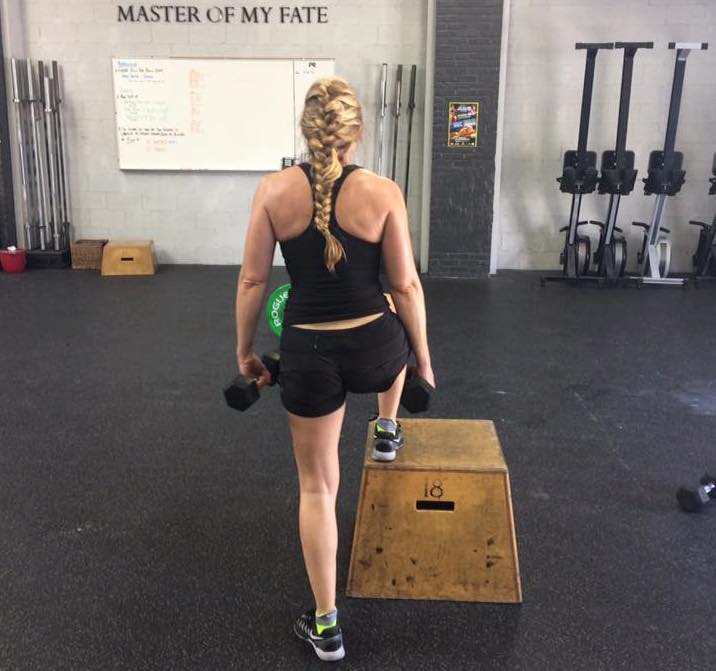
3 Reasons Why You Should Incorporate Unilateral Movements No Matter Who You Are
Written by Holden Rethwill
Tired of the same old boring strength training and accessory work? Is your repertoire of movements too limited? Maybe your body is imbalanced and one side is overpowering the other? Well here’s one way to mix it up that will keep things fresh and keep your body guessing!
I’m talking about unilateral movements.
What is a unilateral movement?
This is when we actively train one side of the body at a time. Rather than traditional lifts – i.e. back squats and bench press – that have us performing bilateral movements (both limbs/sides at the same time) we focus on only at a time to fully isolate that portion of the body.
Why should I incorporate unilateral movements into my training?
There are three main reasons why you should be adding this into your training, and they are as follows:
1. It forces your midline to stabilize. With only one side working, your midline is essentially put into working double-time to keep you upright and balanced.
2. Not only does your midline stabilize, but the limb itself is forced into more active stabilization. By training in an imbalanced fashion you are forcing those joints, tendons, and muscles to work extra hard to keep you in balance. This in turn creates stronger muscle fibers and can help prevent injury!
3. They help to fix imbalances. Very rarely are humans considered symmetrical. Because of this, when performing bilateral movements we often overcompensate with one side, leaving us with an imbalance (or imbalances) that can lead to injury. While this imbalance may go relatively unnoticed, add in a unilateral movement and you’ll quickly see which side is more dominant than the other. From there you can adjust to address the issue and work towards better symmetry.
So what are some unilateral movements?
The possibilities are nearly endless but here’s a few examples of movements I like to incorporate when training my clients:
1. Single-arm DB bench press
2. Single-arm DB shoulder press
3. Reverse lunges
4. Alternating Cossack squats
5. Single-leg box step up/step downs
6. Single-arm DB row
7. Suitcase carries
8. Waiter carries
9. Single-leg kettlebell deadlifts Single-leg deadlifts
10. Single-arm KB sit ups
And the list goes on!
If you’re bored of repeating the same movements over and over, and want to spice it up a bit, give some of these movements a shot and let the gains flow! Let me know in the comments some of the unilateral movements you enjoy implementing in your training!
Also Check Out…
What Does 30X0 Mean? Why I Like Tempo Training